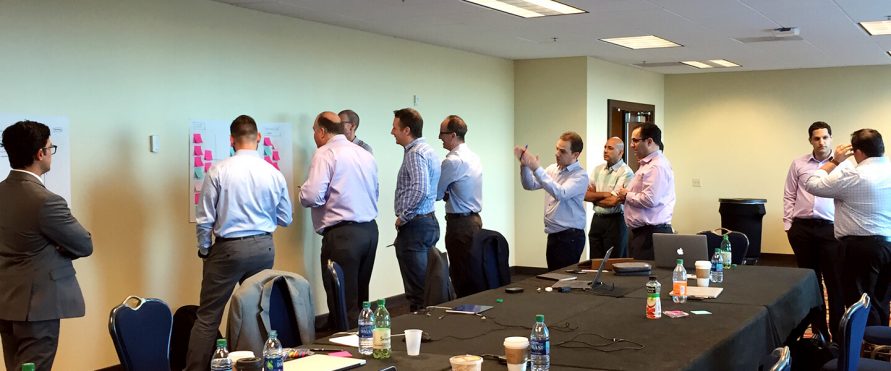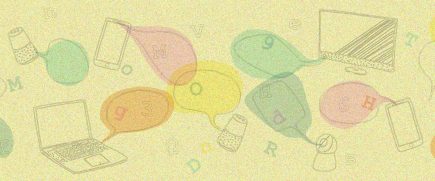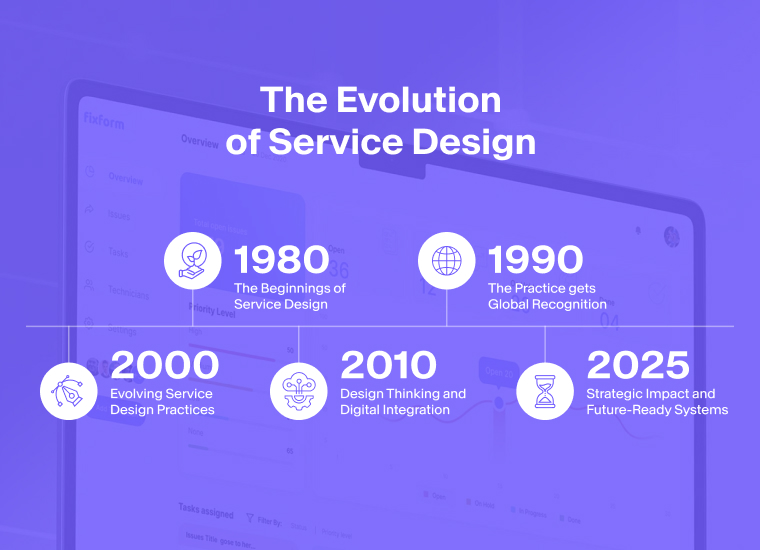Service Design: Bridging Expectations and Reality Through Service Design
The future belongs to organizations that understand Service Design Process as the cornerstone of customer satisfaction. We combine rigorous research with creative problem-solving to transform how people interact with your brand across every touchpoint.
In today's digital economy, the gap between user expectations and service delivery can make or break businesses. As an award-winning Service Design Agency, Think Design doesn't just bridge this gap, we eliminate it entirely.
By deeply understanding the purpose, demand, and delivery capabilities of your service, we craft experiences that align seamlessly across every interaction. This approach unlocks innovation opportunities and drives customer satisfaction, ensuring that your service not only meets but exceeds user expectations.
Why ‘Service Design’ and not just UX?
The UX Edge in the Era of Digital Transformation
In today’s digital landscape, user experiences can falter due to internal disconnects. That’s where Service Design steps in – crafting a seamless ecosystem that harmonizes backstage processes and team alignment to elevate the user journey across every touchpoint.
Our Service design practice, triggers thought and provides an opportunity to addresses how an organization gets something done, while also addressing the touchpoints that create a customer’s journey. We can cater to both the experience of the user and that of its creator, throughout your entire digitization life cycle.
Designing Tomorrow’s Product-Service Ecosystems
In today’s digital landscape, customers expect seamless, unified experiences were products and services blend together. They don’t see these as separate entities; instead, they experience them as a cohesive whole. This is where service design plays a crucial role – crafting integrated journeys that reflect how users interact with your brand across every touchpoint.
The dependency between products and services is undeniable: a product’s value hinges on the service that delivers it, and vice versa. Silos between the two create friction. That’s where holistic service design steps in—bridging gaps to craft integrated journeys that reflect how users experience your brand. By reimagining these connections, we uncover opportunities for innovation, like predictive check-in reminders or personalized travel updates, that elevate satisfaction and loyalty.
Addressing key Service Design Concerns
1. Seamless Customer Experience
As a Service Design Company, we’ll find opportunities to delight the customer through focusing on the customer journey, keeping a user centered perspective by investing in a thorough understanding of the user by doing qualitative research, prior to designing.
2. Holistic Experience across touchpoints
With an approach of relooking at various customer touchpoints, we ensure coherence, by considering touchpoints in a network of interactions and users.
3. Customer centered Organization
We are co-creative, by involving all relevant stakeholders in the service design process. We enable informed decisions by looking at the details and the big picture, together, where each department gets to have a say.
4. Service Innovations
5. Simplified processes
The visualization of interrelationships between various components of a service enables businesses to capture what occurs internally throughout the totality of the customer journey. Through our inquiry, we provide insights bridging cross-departmental efforts, highlighting dependencies that departments alone could not see.
How to create a Service Design Blueprint?
Key components of Service Design Blueprint and our approach to the key concepts and concerns in each.
1. Customer activity/Journey stages
2. Channels/ Touchpoints
3. Front of Stage
4. Back of Stage
5. Business Processes
Creating Value in Every Industry
News media & Entertainment
Know More
Enterprise & IT
ERP, Utilities, HRMS, Planning tools, Data & Analytics, LMS, Enterprise systems, Productivity suites.
Know More
Healthcare & Lifesciences
Medical devices, Hospital management systems, Pharma, Wearable tech, Personal healthcare, Fitness, Wellness.
Know More
Networks & Smart devices
Telecom, Home automation, Data networks, M2M, IoT, Utilities, Law enforcement, Defense & Border security.
Know More
Education & Edtech
Institutions, Portals, Apps, Learning management, Gamified learning, MOOCs, Universities, Learning centers.
Know More
Banking & Financial Services
Fintechs, Banks, Insurance, Payments, Wallets, Lending, Trading, Investment, Blockchain, Currencies, Wealth management.
Know More
End-to-End Design Expertise
Expert Perspectives on Design
Service Design, as a specialized product design practice, has come a long way since its humble beginnings in the early 1980s. Originally envisioned as a way to improve just the backend operations, it has grown into a holistic, strategic design
What image comes to your mind when you think ‘Luxury’? If you are thinking about your last luxury good purchases or luxury vacation experience, you might associate luxury with timelessness, grandeur, aesthetics, personalization, exclusivity etc. Now, for a moment consider
Service Design, as a specialized product design practice, has come a long way since its humble beginnings in the early 1980s. Originally envisioned as a way to improve just the backend operations, it has grown into a holistic, strategic design
What image comes to your mind when you think ‘Luxury’? If you are thinking about your last luxury good purchases or luxury vacation experience, you might associate luxury with timelessness, grandeur, aesthetics, personalization, exclusivity etc. Now, for a moment consider
Let's bring your ideas to life
Partner with a Trusted Global UI/UX Leader




